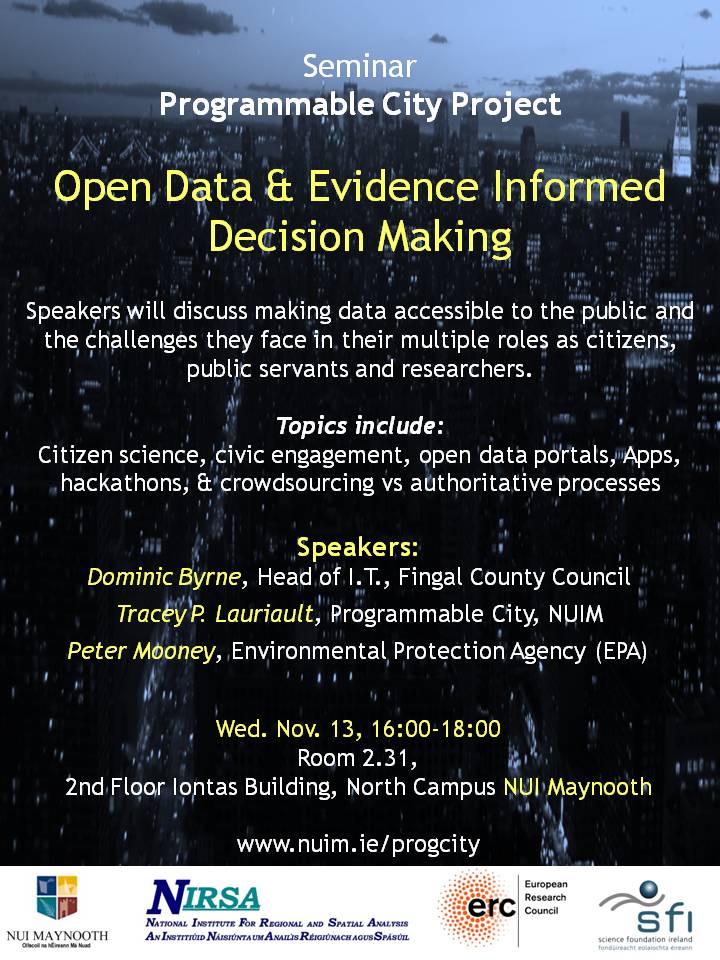Developments in software and digital technology have had wide ranging impacts on our leisure time, from movies on demand on our mobiles, internet on public transport and the ‘selfie’ saturated world of social media. Yet advancements in technology have also reached creative activities that are often considered far from mainstream and groups of individuals, who though they share a common interest, may pursue their leisure activity individually and in relative isolation.
One such social group is that of model railway enthusiasts. For these collectors, builders and hobbyists the developments in software have enabled fundamental changes to the way they explore and express their interests. Geographically dispersed and relatively few in number (estimated in the low hundreds in Ireland) software has offered a means of augmenting the traditional physical locations of interaction, socialising and knowledge sharing. Software and connectivity have enabled a network of online interactions that has linked individuals more closely with the commercial suppliers and the specialist manufacturers of the models they consume, extending the reach of the community beyond the traditional clubs or shows. It has facilitated efficient access to, and the sharing of, previously inaccessible or unknown historic and practical knowledge regarding even the most obscure topics such as window size and seat positions. Building upon more traditional sources of historic data such as printed media and journals, software has also enabled the capture of dispersed and divergent forms of data and facilitated their transformation, via computerised production methods, into ready-to-run models with unprecedented levels of physical detail and functionality. Continue reading

